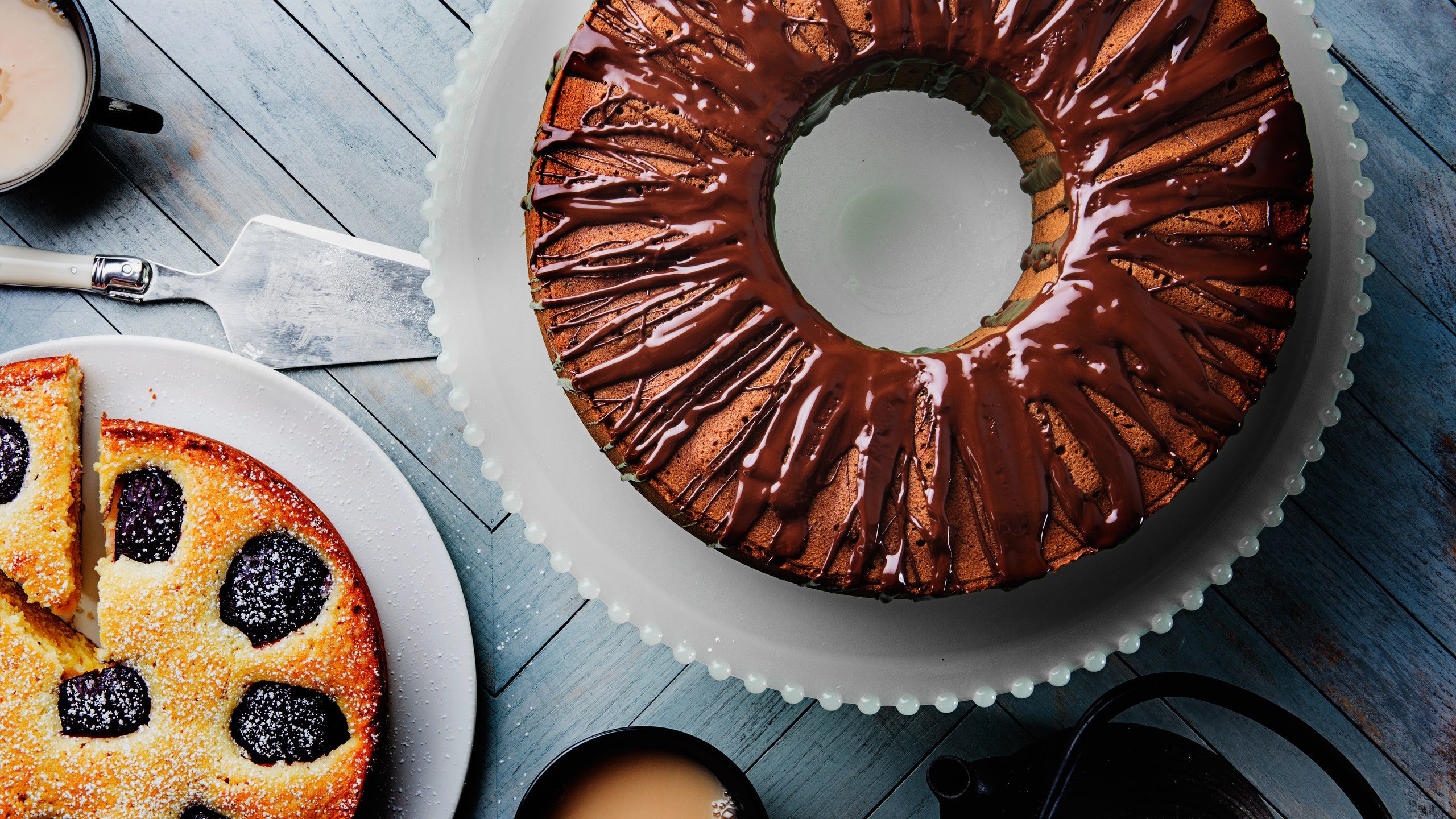American and European desserts differ in terms of ingredients, flavors, preparation, presentation, and cultural influence. American desserts use easy-to-find and affordable ingredients such as sugar, butter, and flour, and often have large sizes and sweet flavors like chocolate and peanut butter. In contrast, European desserts use premium ingredients like fine chocolate and tangy fruits, creating intricate flavor combinations with sweet, tart, and savory notes. European desserts require intensive preparation and unique techniques, and are often displayed individually or in small portions. These desserts also reflect their respective cultures’ histories and influences. Both American and European desserts have their own unique qualities and offer something new to try.
American vs. European Desserts: Satisfy Your Sweet Tooth with the World’s Finest Treats
Introduction
Desserts come in different shapes, sizes, flavors, and textures. With creative and innovative bakers, pastry chefs, and dessert makers around the world, there is a treat for everyone. If you have a sweet tooth and love trying new desserts, you must have tasted both American and European desserts.
Ingredients and Flavor
One significant difference between American and European desserts is the ingredients and flavor profiles. American desserts, such as cupcakes, brownies, and pies, often use ingredients that are easily available and affordable, such as sugar, butter, eggs, and flour. Additionally, American desserts are known for being generous in size and sweetness, with flavors such as chocolate, peanut butter, and fruit jams.
On the other hand, European desserts, such as French macarons, Italian cannoli, and Austrian strudel, often use premium ingredients, such as fine chocolates, delicate pastries, and tangy fruits. European desserts focus more on the intricate flavors and combinations that create a delicate balance of sweet, tart, and savory notes.
Preparation and Presentation
Another notable difference between American and European desserts is the preparation and presentation. American desserts are usually made quickly, with little patience for slow and meticulous preparation. American bakers and chefs often use simple techniques and tools, such as mixers and ovens, rather than long, manual processes.
European desserts, on the other hand, often require intensive preparation and a great deal of skill. Bakers and chefs take their time to craft each ingredient to its perfect state, often using unique and specialized techniques to make the treat. Additionally, they are also presented differently, with European desserts often displayed individually or in small, delicate portions.
Cultural Influence
Finally, desserts are not just about the ingredients, flavors, and presentation – they are also a representation of culture. American and European desserts reflect their respective histories and cultural influences. American desserts, such as apple pie, brownies, and cheeseburgers, are heavily influenced by American culture, with flavors and ingredients that are popular in the United States.
European desserts, such as cannoli, strudel, and baklava, often have a rich history and cultural significance, with recipes that have been passed down from generation to generation. They also vary significantly by country, reflecting the unique customs, traditions, and flavors of each region.
Conclusion
American and European desserts each have their unique and distinct qualities that make them special. Whether you prefer the bold and sweet flavors of American desserts or the delicate and intricate flavor combinations of European desserts, there is always something new to try and enjoy. So, the next time you crave something sweet, ask yourself – do you want to indulge in a classic American treat or try something new from the other side of the world?
